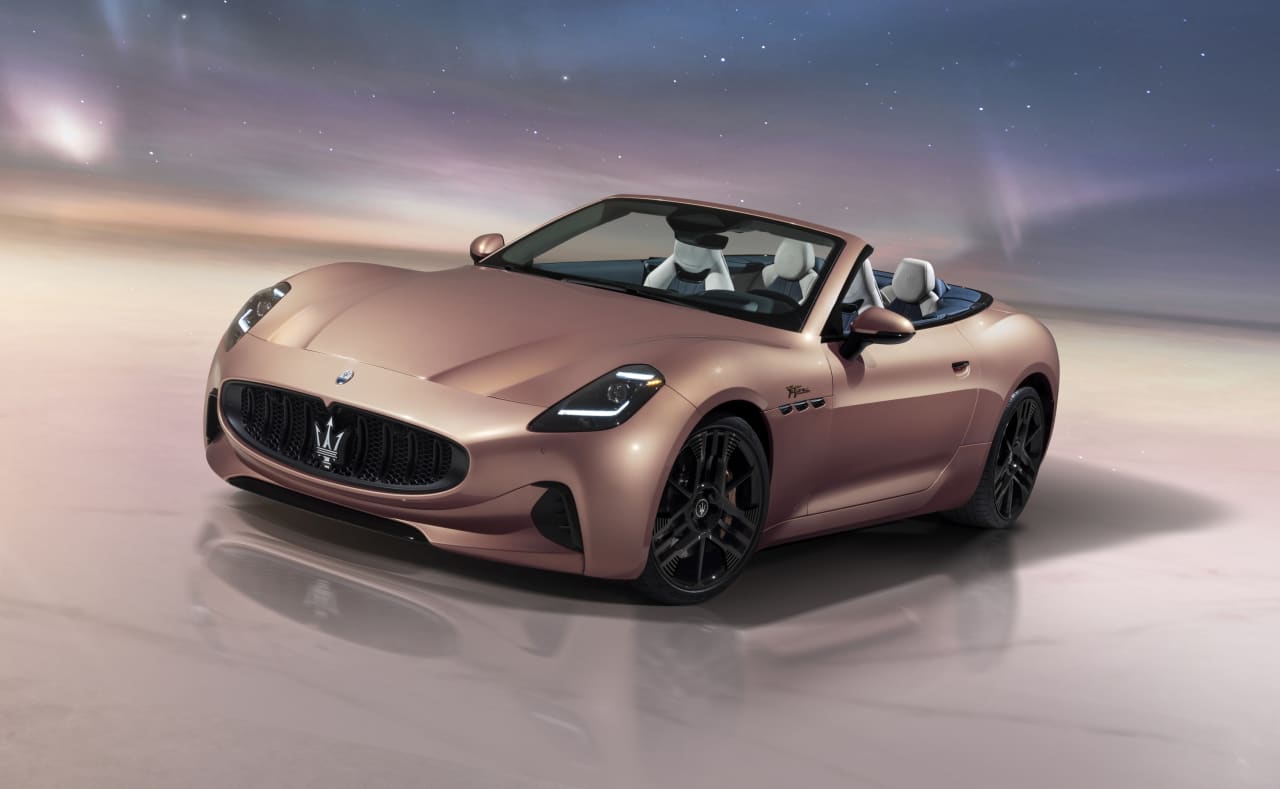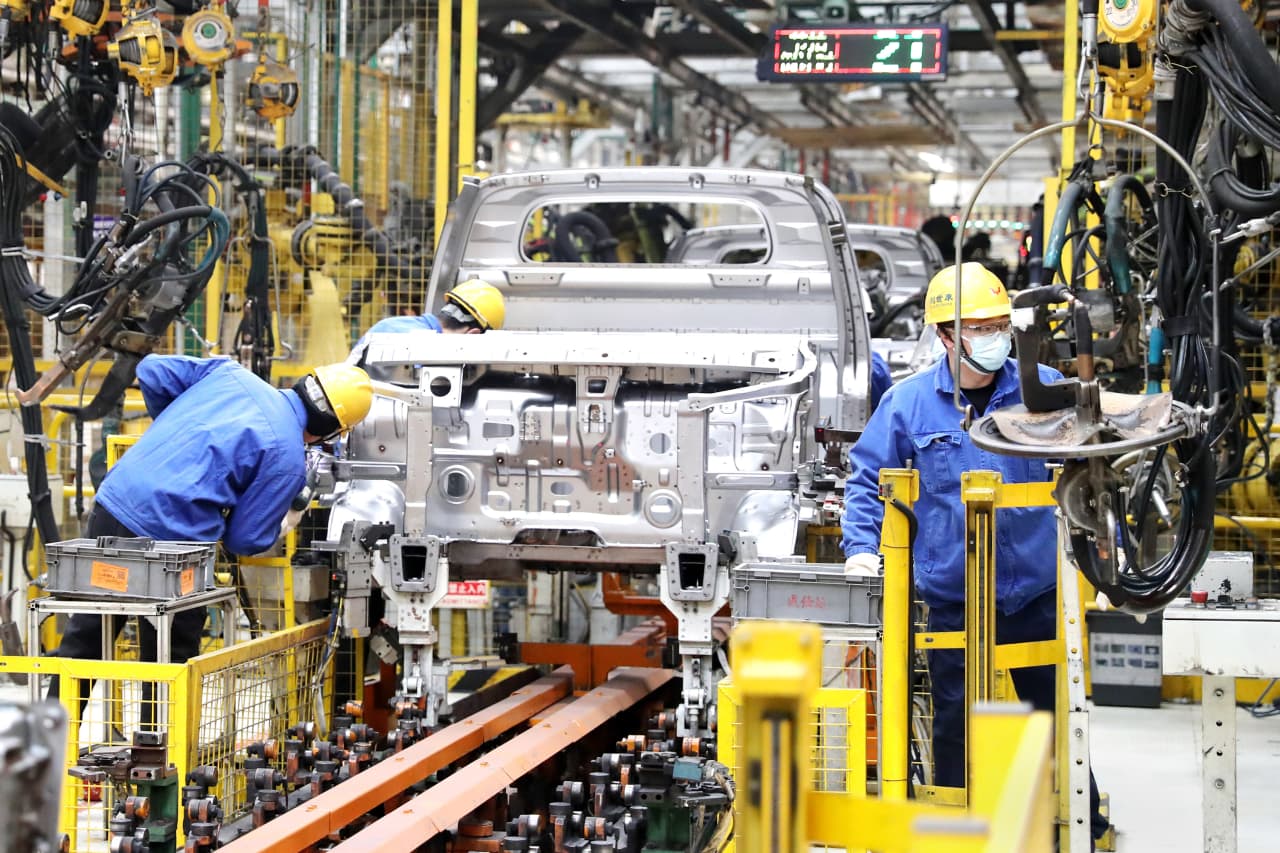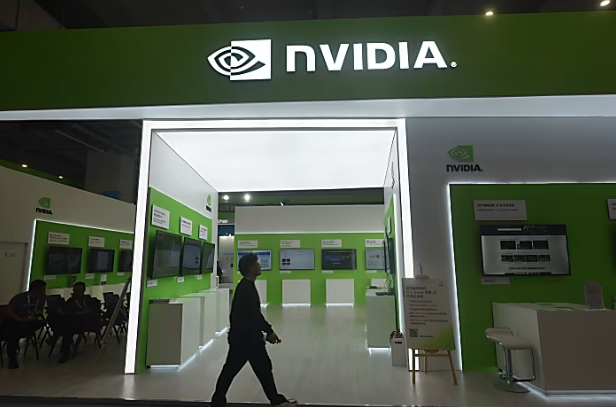When Lamborghini announced its end-of-an-era Huracán Super Trofeo Jota last April, in an edition of just 10, it sold out immediately. No price was announced, though it was probably above US$400,000. That hardly deterred buyers eager to own one of the last Huracán supercars.
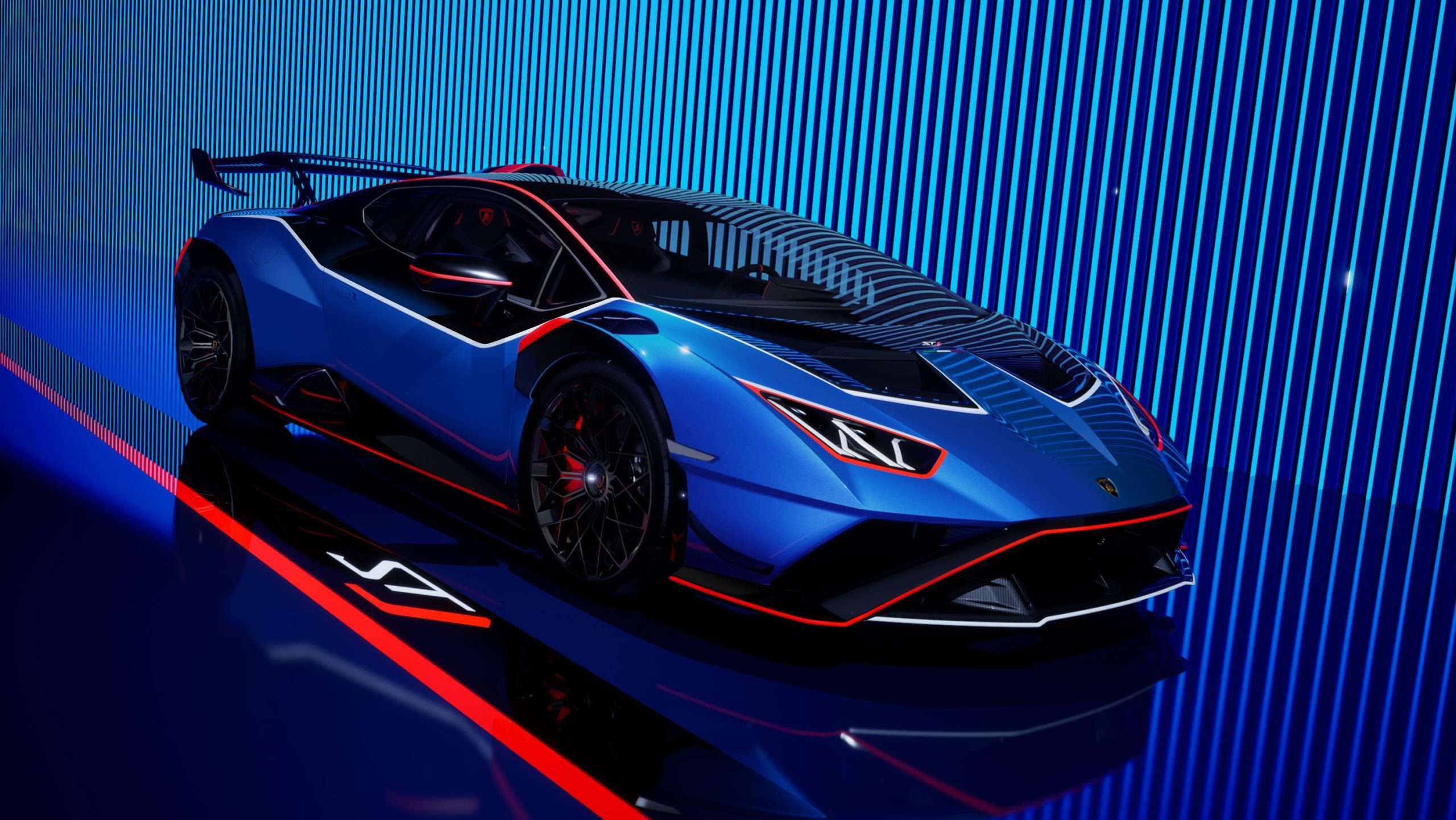
Ferrari’s limited-edition 812 Competizione and 812 Competizione A in 2021? The 999 hardtops (US$598,567) and 599 targas (US$694,549) were gone very quickly, though maybe not in 60 seconds.
Meanwhile, the Rolls-Royce Black Badge Cullinan “Blue Shadow Private Collection” cars that appeared in 2023, just 62 in number, disappeared within two weeks. Black Badge Series II Cullinans start at US$470,000 for 2025, but these special editions are pricier—more than US$600,000.
“The primary driver for Rolls-Royce Cullinan clients is not price, but a combination of lifestyle and personalised exclusivity,” says Martin Fritsches, president and CEO of Rolls-Royce Motor Cars North America.
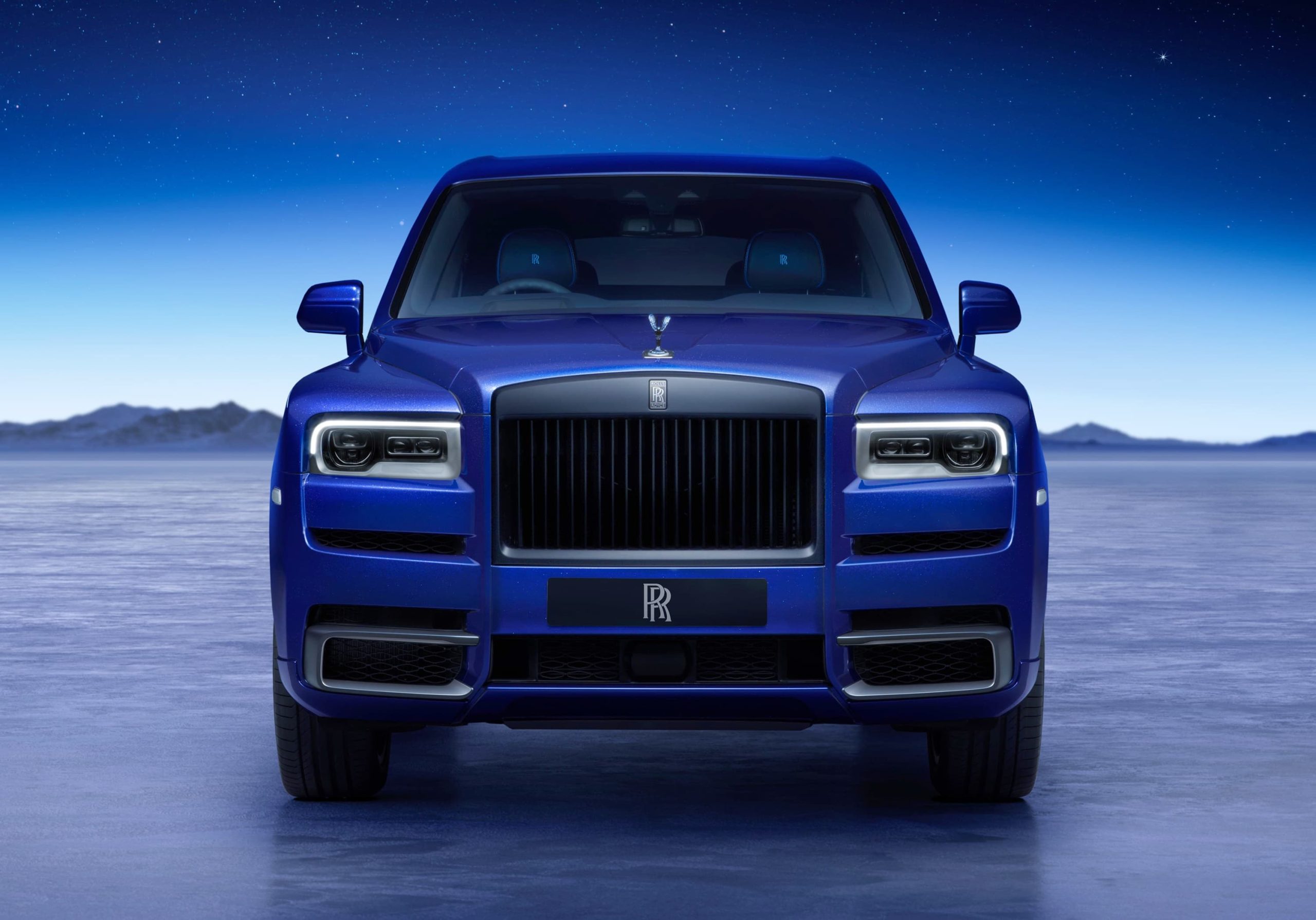
The global supercar market was US$17.5 billion in 2023, reports MarketResearch.biz, but it could soar to US$24.9 billion by 2033. Supercars, Business Research Insights says, “are a symbol of luxury, performance and status, appealing to affluent buyers who seek exclusivity and the thrill of driving a high-powered machine. … With a growing global economy and increasing wealth, the demand for supercars continues to rise.”
In the U.S., the American International Automobile Dealers Association reported that luxury brand deliveries in 2023 were more than 2.6 million, accounting for 17% of U.S. light-vehicle sales. That was up from 2.2 million sales in 2021 (and a 14.7% share).
Supercar sales represent small totals, but big potential profits. It’s a niche with an increasing number of startups, including battery cars from companies such as Lucid and Rimac. Ferrari, for instance, reported a US$1.36 billion profit in 2023, a yearly record. That’s despite producing only 13,221 units in the year. Ferrari has typically produced between 8,000 and 11,000 cars annually, but it’s one of the world’s most written-about, admired, and sought-after brands.
And Lamborghini had its best year in 2023, with an operating profit of US$777 million. That’s on sales of 10,100 globally. But each sale was a big ticket: The Huracán buyer in 2023 paid between US$212,090 and US$340,690. Volume didn’t help Tesla all that much. The company sold 1.8 million vehicles globally in 2023 (and had the world’s best-selling car in the Model Y), but has been experiencing declining profits.
This year, the supercar and luxury carmakers are revelling in the power of special editions and the one-of-one “bespoke” commission. Without having to make major changes to their existing models, the companies are able to greatly increase the price—via distinctive colours, interior appointments, and personalisation. Perhaps Tesla would do better if it too delved deeper into accommodating its eager customers with vast personalisation possibilities. Who wouldn’t want a one-of-10 SpaceX Edition of the Model Y?
Meanwhile, established supercar makers are rapidly transitioning to electric and hybrid drive, motivated by international regulations that will ban internal-combustion engines by 2035. Maserati, for instance, is introducing electric “Folgore” versions of its GranCabrio convertible this year, and MC20 supercar in 2025. There will be a new electric SUV in 2027 and a four-door battery Quattroporte in 2028. Electrification is not likely to lead to either lower prices or lower demand, but there’s no certainty.
The Collector Market Is Cruising, Too
The market for collector vehicles above US$200,000 also remains quite healthy. The US$143 million paid for the 1955 Mercedes-Benz 300 SLR Uhlenhaut Coupe in 2022 surpassed the results of any other car sold at auction by more than US$90 million.

Critics who said that high-dollar buyers would never buy US$200,000-plus cars online (without seeing them in person) have been proven dramatically wrong, and the increase in online buying on sites like Bring a Trailer (BaT) and Cars & Bids has stoked rising values.
“March 2024 was the largest-volume month in our Premium Listings category since we launched it in 2019,” says Randy Nonnenberg, president and co-founder of BaT. “April 2024 followed on with 64 vehicles selling at over US$200,000 in value, with the top sale a Bugatti Chiron at US$3.075 million.”
Offerings in that price range from a US$250,000 1932 Ford hot rod coupe and a Lexus LFA to modern Ferraris and Ford GTs, Nonnenberg says. “The low transaction fees of our online platform make it very attractive for buyers of these expensive items when compared to other venues.”
Pre-owned supercars (and adjacent American muscle) often appreciate in the marketplace, with the rare (and most powerful) ones commanding huge prices.
“The strong US$3.5 million paid at our Amelia Island auction in March 2024 for a Porsche 918 Spyder Weissach—as well as many other strong prices for contemporary supercars—demonstrates the strength in this segment,” says David Gooding , president of the Gooding and Company international auction house. Seven cars priced at more than US$10 million were offered at auction last year, reports Hagerty, with as many as 10 expected in 2024.
McKeel Hagerty , CEO and chairman at Hagerty, says the US$200,000 price point is an interesting one in the enthusiast car market.
“With a budget like that, you can buy some fantastic classics with a rich history, late-model supercars, or you can build a wide variety of the latest restomods [older cars restored with modern amenities],” Hagerty says. “These are the dream cars of the American upper-middle class.”
Hagerty says that US$200,000 would buy “a great, early Porsche 911 S or Jaguar Series 1 E-Type Roadster.” A supercar car lover might also find a Lamborghini Huracán or Ferrari 458 with “weapons-grade performance” in the price range, or a Plymouth Superbird and ‘66 Mustang GT350, he adds.
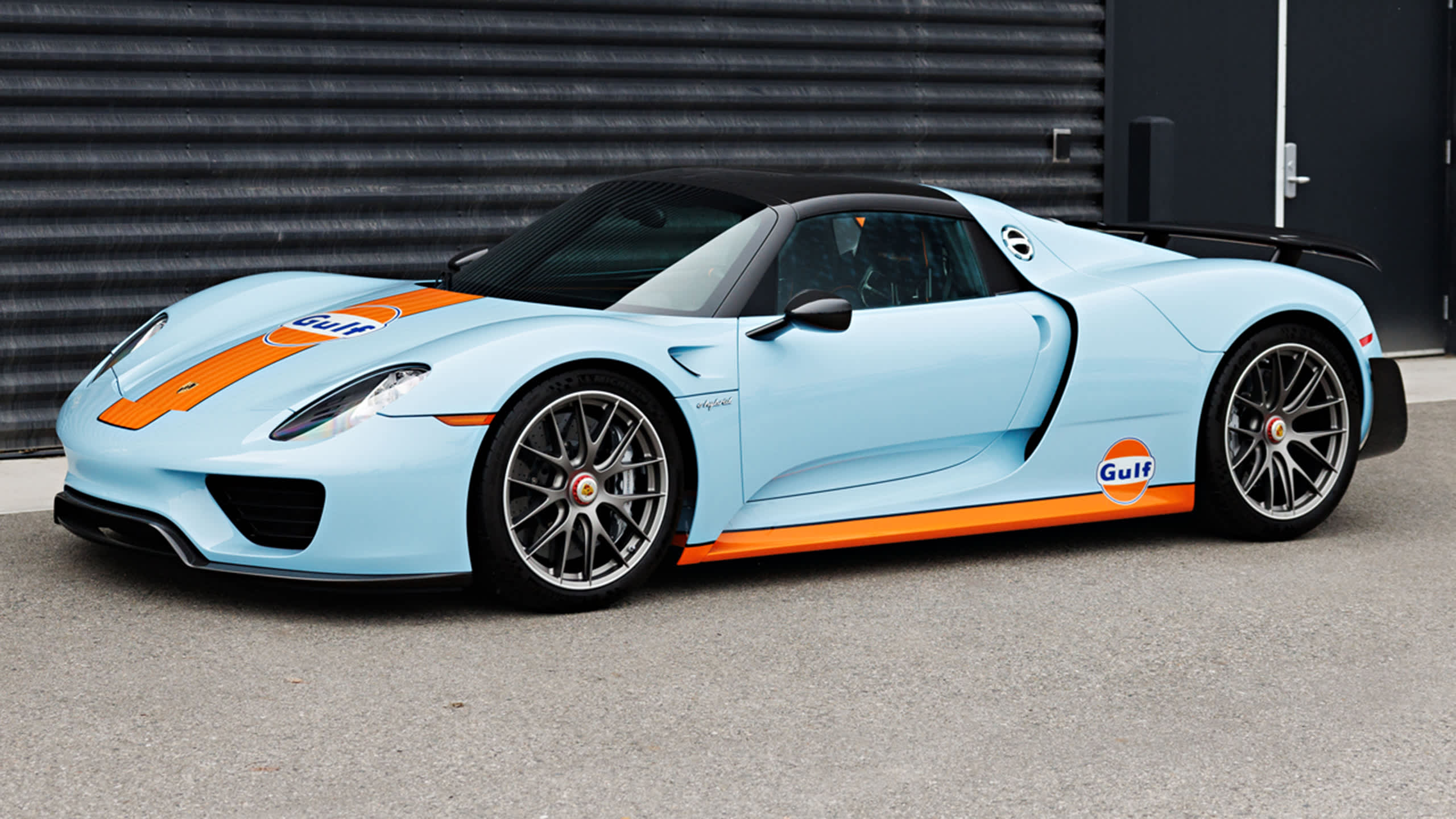
Despite the demand, Brian Rabold, vice president at Hagerty Automotive Intelligence, says that high-priced cars don’t necessarily appreciate as fast as some others when they age.
“In the past five years, the 87 vehicle generations in the Hagerty Price Guide with an average value between US$200,000 and US$500,000 have seen an average value growth of 9.24%. This lags behind the 35% average value growth seen in the remaining 1,351 vehicle generations,” Rabold says.
Nevertheless, he says the future “looks bright” for the US$200,000 to US$500,000 segment. “These vehicles are becoming more popular among collectors. Surprisingly, Baby Boomers (who hold most of the wealth in the country) are not driving this growth.” Hagerty is seeing more queries from Gen-X.
“Owning a desirable car or truck that you can drive, or show is much more fun than storing your stock certificates in a safe,” says Craig Jackson , chairman and CEO of the Barrett-Jackson auction house. “Plus, it can offer a long-term upside if you research before you buy.”
 Copyright 2020, Dow Jones & Company, Inc. All Rights Reserved Worldwide. LEARN MORE
Copyright 2020, Dow Jones & Company, Inc. All Rights Reserved Worldwide. LEARN MORE
What a quarter-million dollars gets you in the western capital.
Alexandre de Betak and his wife are focusing on their most personal project yet.
Multinationals like Starbucks and Marriott are taking a hard look at their Chinese operations—and tempering their outlooks.
For years, global companies showcased their Chinese operations as a source of robust growth. A burgeoning middle class, a stream of people moving to cities, and the creation of new services to cater to them—along with the promise of the further opening of the world’s second-largest economy—drew companies eager to tap into the action.
Then Covid hit, isolating China from much of the world. Chinese leader Xi Jinping tightened control of the economy, and U.S.-China relations hit a nadir. After decades of rapid growth, China’s economy is stuck in a rut, with increasing concerns about what will drive the next phase of its growth.
Though Chinese officials have acknowledged the sputtering economy, they have been reluctant to take more than incremental steps to reverse the trend. Making matters worse, government crackdowns on internet companies and measures to burst the country’s property bubble left households and businesses scarred.
Lowered Expectations
Now, multinational companies are taking a hard look at their Chinese operations and tempering their outlooks. Marriott International narrowed its global revenue per available room growth rate to 3% to 4%, citing continued weakness in China and expectations that demand could weaken further in the third quarter. Paris-based Kering , home to brands Gucci and Saint Laurent, posted a 22% decline in sales in the Asia-Pacific region, excluding Japan, in the first half amid weaker demand in Greater China, which includes Hong Kong and Macau.
Pricing pressure and deflation were common themes in quarterly results. Starbucks , which helped build a coffee culture in China over the past 25 years, described it as one of its most notable international challenges as it posted a 14% decline in sales from that business. As Chinese consumers reconsidered whether to spend money on Starbucks lattes, competitors such as Luckin Coffee increased pressure on the Seattle company. Starbucks executives said in their quarterly earnings call that “unprecedented store expansion” by rivals and a price war hurt profits and caused “significant disruptions” to the operating environment.
Executive anxiety extends beyond consumer companies. Elevator maker Otis Worldwide saw new-equipment orders in China fall by double digits in the second quarter, forcing it to cut its outlook for growth out of Asia. CEO Judy Marks told analysts on a quarterly earnings call that prices in China were down roughly 10% year over year, and she doesn’t see the pricing pressure abating. The company is turning to productivity improvements and cost cutting to blunt the hit.
Add in the uncertainty created by deteriorating U.S.-China relations, and many investors are steering clear. The iShares MSCI China exchange-traded fund has lost half its value since March 2021. Recovery attempts have been short-lived. undefined undefined And now some of those concerns are creeping into the U.S. market. “A decade ago China exposure [for a global company] was a way to add revenue growth to our portfolio,” says Margaret Vitrano, co-manager of large-cap growth strategies at ClearBridge Investments in New York. Today, she notes, “we now want to manage the risk of the China exposure.”
Vitrano expects improvement in 2025, but cautions it will be slow. Uncertainty over who will win the U.S. presidential election and the prospect of higher tariffs pose additional risks for global companies.
Behind the Malaise
For now, China is inching along at roughly 5% economic growth—down from a peak of 14% in 2007 and an average of about 8% in the 10 years before the pandemic. Chinese consumers hit by job losses and continued declines in property values are rethinking spending habits. Businesses worried about policy uncertainty are reluctant to invest and hire.
The trouble goes beyond frugal consumers. Xi is changing the economy’s growth model, relying less on the infrastructure and real estate market that fueled earlier growth. That means investing aggressively in manufacturing and exports as China looks to become more self-reliant and guard against geopolitical tensions.
The shift is hurting western multinationals, with deflationary forces amid burgeoning production capacity. “We have seen the investment community mark down expectations for these companies because they will have to change tack with lower-cost products and services,” says Joseph Quinlan, head of market strategy for the chief investment office at Merrill and Bank of America Private Bank.
Another challenge for multinationals outside of China is stiffened competition as Chinese companies innovate and expand—often with the backing of the government. Local rivals are upping the ante across sectors by building on their knowledge of local consumer preferences and the ability to produce higher-quality products.
Some global multinationals are having a hard time keeping up with homegrown innovation. Auto makers including General Motors have seen sales tumble and struggled to turn profitable as Chinese car shoppers increasingly opt for electric vehicles from BYD or NIO that are similar in price to internal-combustion-engine cars from foreign auto makers.
“China’s electric-vehicle makers have by leaps and bounds surpassed the capabilities of foreign brands who have a tie to the profit pool of internal combustible engines that they don’t want to disrupt,” says Christine Phillpotts, a fund manager for Ariel Investments’ emerging markets strategies.
Chinese companies are often faster than global rivals to market with new products or tweaks. “The cycle can be half of what it is for a global multinational with subsidiaries that need to check with headquarters, do an analysis, and then refresh,” Phillpotts says.
For many companies and investors, next year remains a question mark. Ashland CEO Guillermo Novo said in an August call with analysts that the chemical company was seeing a “big change” in China, with activity slowing and competition on pricing becoming more aggressive. The company, he said, was still trying to grasp the repercussions as it has created uncertainty in its 2025 outlook.
Sticking Around
Few companies are giving up. Executives at big global consumer and retail companies show no signs of reducing investment, with most still describing China as a long-term growth market, says Dana Telsey, CEO of Telsey Advisory Group.
Starbucks executives described the long-term opportunity as “significant,” with higher growth and margin opportunities in the future as China’s population continues to move from rural to suburban areas. But they also noted that their approach is evolving and they are in the early stages of exploring strategic partnerships.
Walmart sold its stake in August in Chinese e-commerce giant JD.com for $3.6 billion after an eight-year noncompete agreement expired. Analysts expect it to pump the money into its own Sam’s Club and Walmart China operation, which have benefited from the trend toward trading down in China.
“The story isn’t over for the global companies,” Phillpotts says. “It just means the effort and investment will be greater to compete.”
Corrections & Amplifications
Joseph Quinlan is head of market strategy for the chief investment office at Merrill and Bank of America Private Bank. An earlier version of this article incorrectly used his old title.





